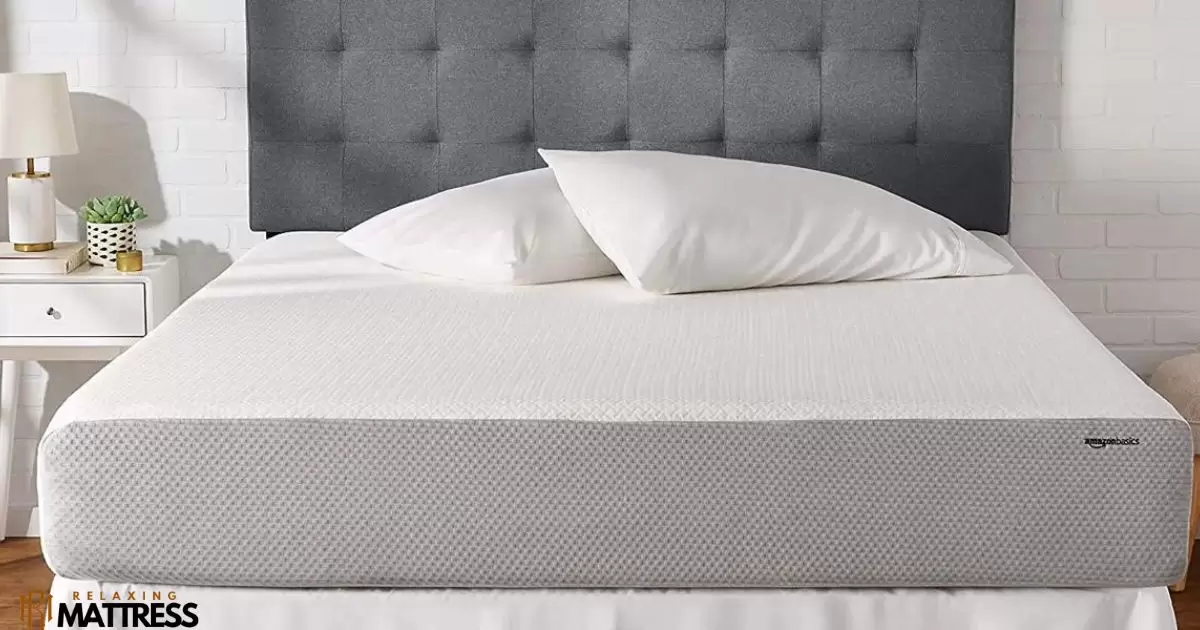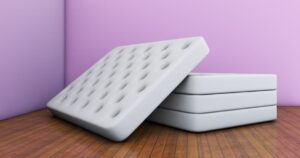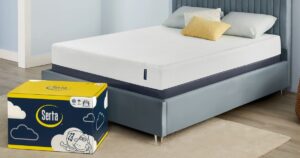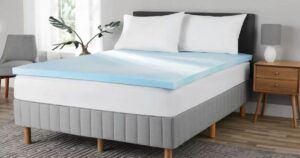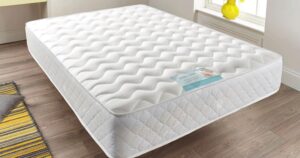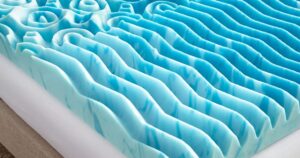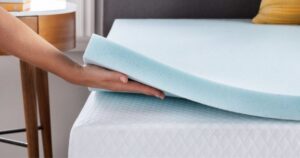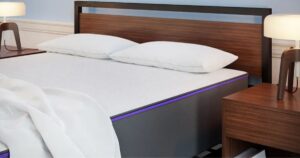Memory Foam Beds, also known as viscoelastic foam mattresses, utilize a unique material called memory foam. This substance, sensitive to heat and pressure, molds closely to the body’s contours, setting it apart from traditional mattresses. Its personalized support and pressure point relief make memory foam beds a popular choice for a comfortable sleep.
Are Memory Foam Beds Good? This question lingers in the minds of mattress buyers due to the standout features of memory foam. From alleviating pressure points to supporting spinal alignment, these beds offer a rejuvenating night’s sleep. Their unique properties contribute to improved sleep quality and overall well-being.
The goodness of a Memory Foam Bed extends to health benefits, reducing motion transfer and resisting allergens. Ideal for couples, memory foam beds are hypoallergenic and durable, making them a wise investment for those prioritizing comfort and longevity.
Are memory foam mattresses good for your back?
Memory foam mattresses can be beneficial for your back. They provide support by conforming to your body’s contours, promoting proper spinal alignment. This helps reduce pressure points, alleviating discomfort and enhancing overall sleep quality.
If you struggle with back pain, a memory foam mattress may offer relief. The material’s responsiveness supports natural body curves, preventing misalignment that can contribute to back issues. Choosing a quality memory foam mattress can contribute to a more comfortable and supportive sleep surface, potentially easing back-related discomfort.
Is memory foam mattress good for child?
A memory foam mattress can be a good choice for a child. It provides comfortable support, adapting to their body contours. This helps in promoting better sleep and maintaining proper spinal alignment.
The durability of memory foam mattresses is beneficial for children, lasting through their growing years. The pressure-relieving properties of memory foam contribute to a cozy and restful sleep environment, ensuring your child wakes up refreshed and ready for the day.
What type of mattress is best for a child?
Choosing the right mattress for a child is essential for their sleep and development. Opt for a medium-firm mattress that provides adequate support. This type helps maintain a healthy spinal alignment and ensures a comfortable sleep environment for growing bodies.
Consider materials like memory foam or innerspring, as they offer a good balance of support and comfort.Prioritize hypoallergenic and breathable fabrics to create a clean and safe sleeping space. Regularly check and replace the mattress as your child grows to accommodate their changing needs for a restful and supportive night’s sleep.
Is memory foam best for sleeping?
Memory foam is excellent for sleeping due to its ability to contour to your body, offering personalized support. It reduces pressure points, promoting a comfortable and restful sleep. Many people find memory foam mattresses provide a cozy surface, aligning with the body’s natural curves for optimal comfort.
The adaptability of memory foam makes it an ideal choice for various sleep positions. It absorbs movement, reducing disturbances from a restless partner. If you prioritize a good night’s sleep with comfort and support, a memory foam mattress is often considered a top choice.
At what age can a child sleep on memory foam?
Children can sleep on memory foam mattresses safely once they transition from a crib to a bed. Usually, this shift occurs around 18 months to 3 years old. It’s essential to ensure the mattress is firm enough to support their growing bodies while providing a comfortable surface for a good night’s sleep.
As kids continue to grow, regular mattress checks and adjustments might be needed to maintain an optimal sleep environment. Remember, a supportive and comfortable mattress contributes to a child’s overall well-being and quality of sleep.
When considering the transition, be mindful of your child’s development and comfort. Some children may be ready for a memory foam mattress earlier, while others might need more time. Observing their sleep patterns and consulting with a pediatrician can help determine the right time to introduce a memory foam mattress, ensuring a restful and supportive sleep for your child.
What is the disadvantage of memory foam?
Memory foam mattresses, while popular for their comfort, come with certain drawbacks. It’s essential to be aware of these aspects when considering a memory foam mattress for your sleep needs.
| Drawback | Description |
| Heat Retention | Memory foam tends to retain heat, making it warmer than traditional mattresses, which may be uncomfortable, especially in warmer climates. |
| Off-Gassing | Memory foam mattresses may emit an initial off-gassing smell, potentially bothersome to those sensitive to odors. |
| Weight | Memory foam mattresses can be heavy, posing challenges when it comes to moving or adjusting the mattress. |
Addressing Memory Foam Drawbacks
To mitigate heat retention, consider memory foam with cooling gel or opt for mattresses designed with enhanced breathability features. Allowing the mattress to air out can help minimize the off-gassing smell. If weight is a concern, explore lighter memory foam options or use mattress toppers to strike a balance between comfort and convenience.
Benefits of memory foam mattress
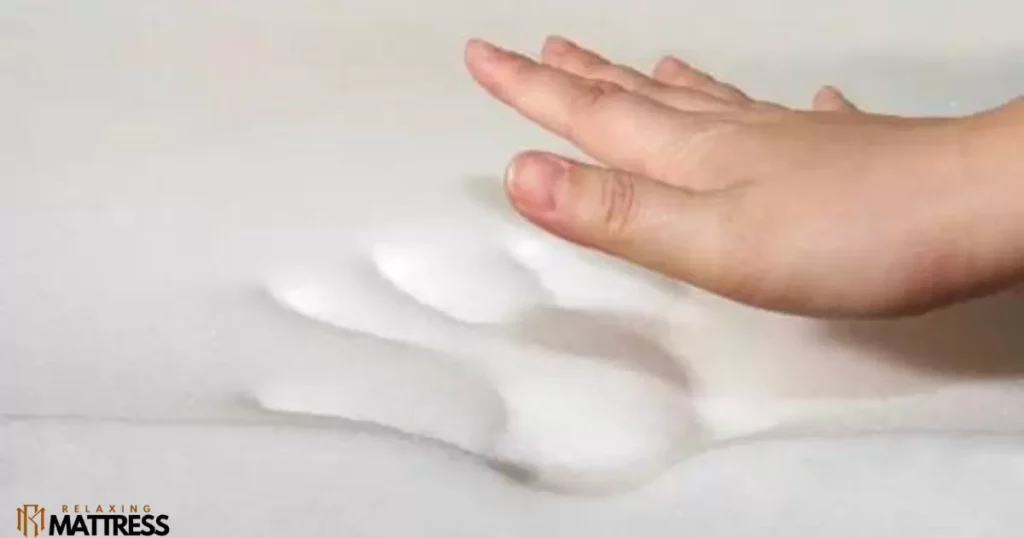
- Pressure Point Relief: Memory foam excels in providing exceptional pressure point relief by contouring to the unique shape of your body. This targeted support helps distribute weight evenly, reducing stress on specific areas such as shoulders, hips, and knees. This is particularly beneficial for individuals dealing with joint pain or discomfort.
- Motion Isolation: A standout feature of memory foam is its effective motion isolation. When one person moves on the mattress, the movement is absorbed, minimizing transfer across the bed. This is especially advantageous for couples, ensuring that disturbances from one person’s movements are minimized and promoting a more restful sleep for both partners.
- Pain Alleviation: Memory foam has been proven effective in alleviating chronic pain conditions, including back and joint pain. The contouring nature of memory foam helps maintain proper spinal alignment, reducing strain on sensitive areas and contributing to pain relief for many users.
What are the problems with memory foam mattresses?
Memory foam mattresses, while comfortable, can have some issues. One common problem is heat retention; they may feel warm during the night. Additionally, some people find the initial chemical odor of new memory foam mattresses unpleasant.
Another concern is that memory foam can lose its firmness over time, leading to sagging or uneven support. It’s essential to consider these factors when choosing a mattress and explore options that address these potential issues for a better sleep experience.
What difference does the orthopedic foam mattress make from other mattresses?
Orthopedic foam mattresses stand out due to their unique design. They provide firm support to promote proper spinal alignment, reducing the risk of back pain. Unlike regular mattresses, orthopedic ones cater to specific comfort needs, ensuring a better sleep experience.
The difference lies in the targeted support orthopedic foam mattresses offer. They’re engineered to distribute weight evenly, relieving pressure on joints and muscles. Opting for an orthopedic mattress can make a significant impact on sleep quality, especially for those seeking enhanced comfort and better alignment for a restful night.
What is better, a foam mattress or a spring mattress?
Choosing between a foam mattress and a spring mattress depends on personal preferences. Softest Memory Foam Mattress and contouring feel, relieving pressure points for a comfortable sleep. On the other hand, spring mattresses offer a bouncy and supportive surface, ideal for those who prefer a more traditional feel with added breathability.
Foam mattresses excel in motion isolation, making them suitable for couples. They are also great for addressing back pain and promoting spinal alignment. Spring mattresses, with their coil support system, provide a responsive and cool sleep surface. The decision boils down to individual comfort preferences and specific sleep needs, ensuring a good night’s rest tailored to personal liking.
How is a foam mattress distinct from a normal mattress?
A foam mattress differs from a regular mattress in its composition. Foam mattresses use specialized materials, like memory foam or latex, providing unique support and comfort. They conform to your body’s shape, relieving pressure points and offering a personalized sleep experience.
On the other hand, traditional mattresses typically have innerspring or coil systems for support. Foam mattresses are known for isolating motion, making them suitable for shared beds. Understanding these distinctions helps you choose the mattress that aligns with your comfort preferences and sleep needs.
Foam or spring mattress for baby
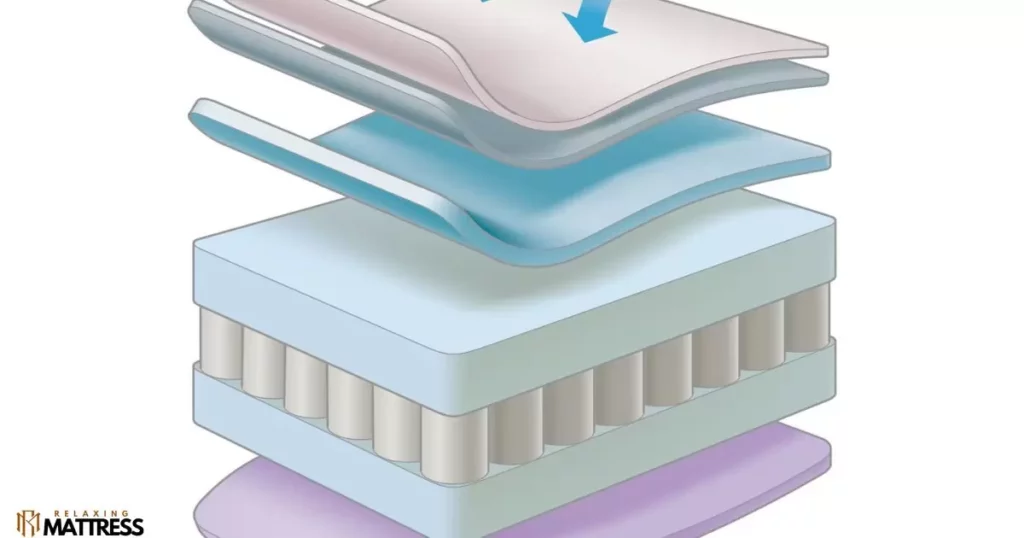
Choosing between a foam or spring mattress for your baby involves considering key factors. Foam mattresses are known for their lightweight and hypoallergenic properties, making them easy to clean and maintain. They provide a firm surface, promoting a safe sleep environment for infants. On the other hand, spring mattresses offer durability and support with their coil construction.
Foam mattresses are popular for their comfort and affordability. They are lightweight, making changing sheets a breeze. Spring mattresses, with their coil support, provide a sturdy surface for babies who may have different sleeping preferences.
FAQ’s
Is a memory foam mattress suitable for all sleep positions?
Absolutely! Memory foam mattresses adapt to various sleeping positions, providing personalized support and comfort.
Do memory foam beds retain heat?
Modern memory foam mattresses often feature cooling technologies to dissipate heat, ensuring a comfortable sleep temperature.
Are memory foam mattresses suitable for people with allergies?
Yes, they are! Memory foam is hypoallergenic and resistant to dust mites, making it an excellent choice for allergy sufferers.
How long do memory foam beds typically last?
On average, memory foam mattresses can last around 8-10 years, depending on factors like usage and quality.
Can memory foam beds be used on adjustable bases?
Certainly! Memory foam mattresses are flexible and compatible with adjustable bed bases for customizable comfort and support.
Conclusion
In the quest for a good night’s sleep, the question arises Are Memory Foam Beds Good? The evidence suggests a resounding yes. These beds excel in providing comfort, contouring to your body for a personalized sleep experience. Their ability to relieve pressure points and reduce motion transfer ensures an undisturbed night of rest. Plus, memory foam beds are known for their durability, offering long-lasting support.
In summary, the verdict is clear: Are Memory Foam Beds Good? Absolutely. From their exceptional comfort to the support they provide, these beds have earned their reputation for promoting quality sleep. With their unique features and benefits, memory foam beds stand as a reliable choice for those seeking a cozy and supportive haven for nightly rejuvenation.
